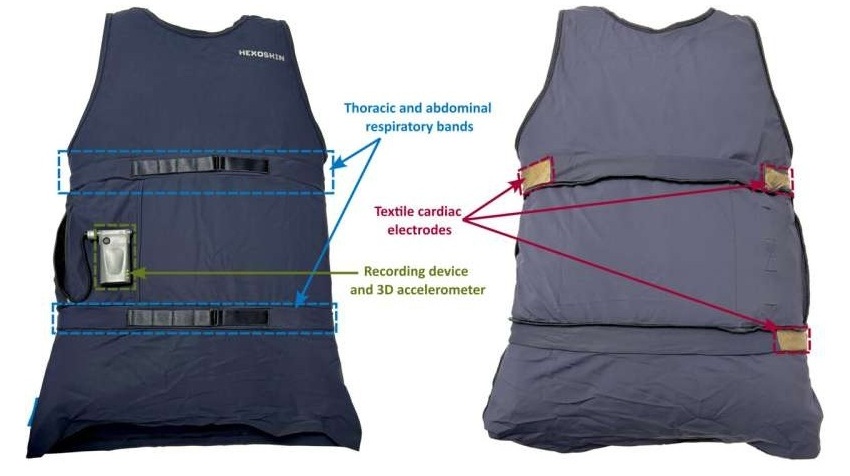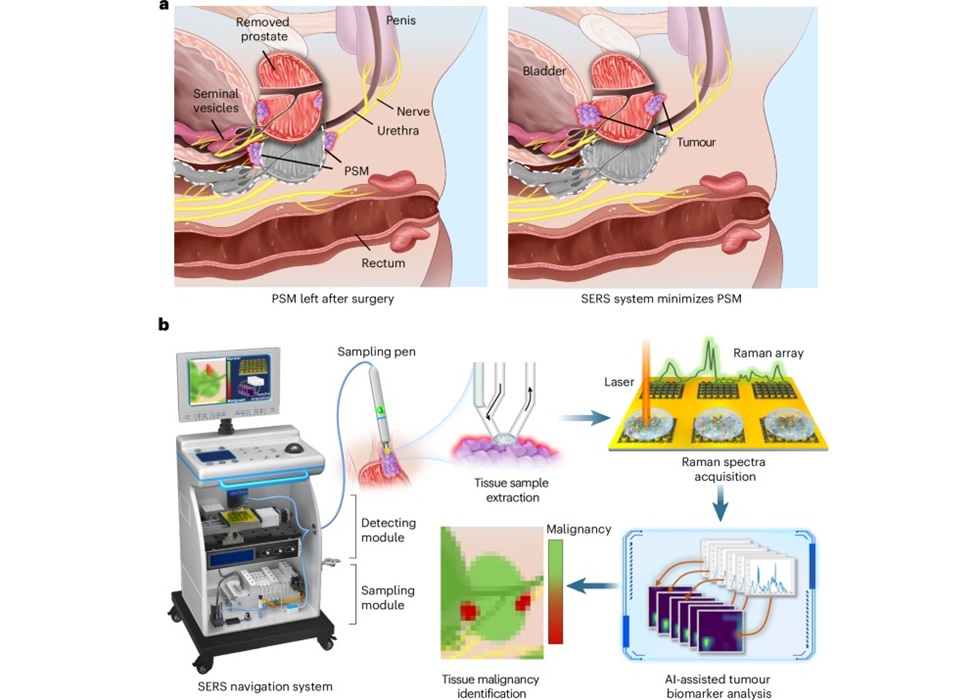Intelligent Socks Help Reduce Diabetic Foot Ulcers 
|
By HospiMedica International staff writers Posted on 15 Feb 2016 |
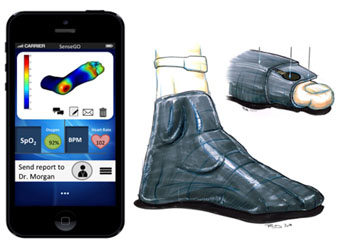
Image: Concept design of the pressure-sensing socks (Photo courtesy of HUJI).
Innovative pressure-sensing socks linked to a smart phone application help warn diabetics of impending wounds.
Under development by BioDesign researchers at the Hebrew University (HUJI; Jerusalem, Israel) and Hadassah Medical Center (Jerusalem, Israel), SenseGO socks were developed to warn patients of incorrect posture that can lead to excessive pressure on sensitive parts of the foot. Failure to treat these issues in a timely fashion could eventually lead to foot ulcers, sores, or wounds that refuse to heal, a special problem for diabetics, whose ability to heal themselves is already compromised because of their blood circulation problems.
The socks contain dozens of micro-fabricated pressure sensors that measure changes in pressure due to an incorrect stance, anatomical deformation, or ill-fitting shoes. The pressure readings are registered as electrical signals that are relayed to a smartphone app, which in turn informs the patient of a developing risk and that they need to improve their posture. The socks, which are machine-washable thanks to novel materials technology, could help temper the effects of diabetic neuropathy by offering a “sensor assist” to the feet.
“With the SenseGo, patients and their families get the tools they need to prevent the development of foot ulcers. Thus we can dramatically reduce health care costs related to diabetes,” said Prof. Yaakov Nahmias, PhD, director of the HUJI BioDesign center for bioengineering. “The novelty of our technology is the 3D organization of the sensors, which is important for clinical problems where the foot deforms over time. This is a classic mobile health approach to reduce health costs.”
Diabetic neuropathy is a type of nerve damage associated with the development of foot ulcers in patients with diabetes. Resulting from anatomical deformation, excessive pressure, and poor blood supply, it affects over 130 million individuals worldwide. It is also the leading cause of amputation, costing the United States economy alone more than USD 10 billion annually.
Related Links:
Hebrew University Jerusalem
Under development by BioDesign researchers at the Hebrew University (HUJI; Jerusalem, Israel) and Hadassah Medical Center (Jerusalem, Israel), SenseGO socks were developed to warn patients of incorrect posture that can lead to excessive pressure on sensitive parts of the foot. Failure to treat these issues in a timely fashion could eventually lead to foot ulcers, sores, or wounds that refuse to heal, a special problem for diabetics, whose ability to heal themselves is already compromised because of their blood circulation problems.
The socks contain dozens of micro-fabricated pressure sensors that measure changes in pressure due to an incorrect stance, anatomical deformation, or ill-fitting shoes. The pressure readings are registered as electrical signals that are relayed to a smartphone app, which in turn informs the patient of a developing risk and that they need to improve their posture. The socks, which are machine-washable thanks to novel materials technology, could help temper the effects of diabetic neuropathy by offering a “sensor assist” to the feet.
“With the SenseGo, patients and their families get the tools they need to prevent the development of foot ulcers. Thus we can dramatically reduce health care costs related to diabetes,” said Prof. Yaakov Nahmias, PhD, director of the HUJI BioDesign center for bioengineering. “The novelty of our technology is the 3D organization of the sensors, which is important for clinical problems where the foot deforms over time. This is a classic mobile health approach to reduce health costs.”
Diabetic neuropathy is a type of nerve damage associated with the development of foot ulcers in patients with diabetes. Resulting from anatomical deformation, excessive pressure, and poor blood supply, it affects over 130 million individuals worldwide. It is also the leading cause of amputation, costing the United States economy alone more than USD 10 billion annually.
Related Links:
Hebrew University Jerusalem
Latest Patient Care News
- Revolutionary Automatic IV-Line Flushing Device to Enhance Infusion Care
- VR Training Tool Combats Contamination of Portable Medical Equipment
- Portable Biosensor Platform to Reduce Hospital-Acquired Infections
- First-Of-Its-Kind Portable Germicidal Light Technology Disinfects High-Touch Clinical Surfaces in Seconds
- Surgical Capacity Optimization Solution Helps Hospitals Boost OR Utilization

- Game-Changing Innovation in Surgical Instrument Sterilization Significantly Improves OR Throughput
- Next Gen ICU Bed to Help Address Complex Critical Care Needs
- Groundbreaking AI-Powered UV-C Disinfection Technology Redefines Infection Control Landscape
- Clean Hospitals Can Reduce Antibiotic Resistance, Save Lives
- Smart Hospital Beds Improve Accuracy of Medical Diagnosis
- New Fast Endoscope Drying System Improves Productivity and Traceability
- World’s First Automated Endoscope Cleaner Fights Antimicrobial Resistance
- Portable High-Capacity Digital Stretcher Scales Provide Precision Weighing for Patients in ER
- Portable Clinical Scale with Remote Indicator Allows for Flexible Patient Weighing Use
- Innovative and Highly Customizable Medical Carts Offer Unlimited Configuration Possibilities
- Biomolecular Wound Healing Film Adheres to Sensitive Tissue and Releases Active Ingredients
Channels
Critical Care
view channel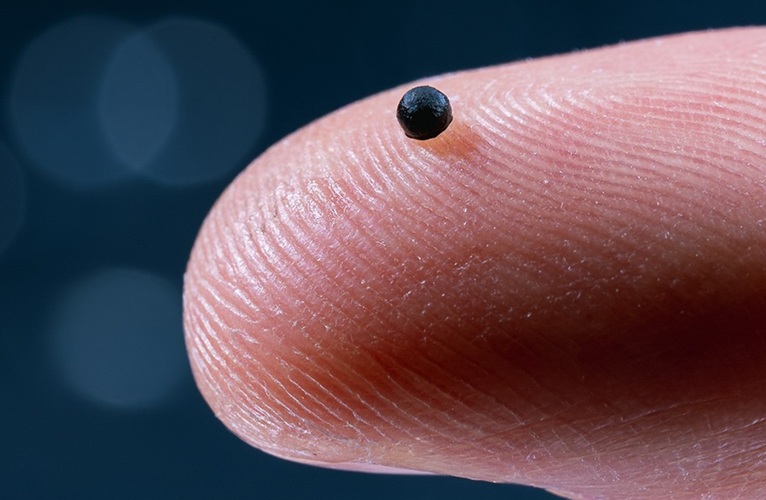
Magnetically Guided Microrobots to Enable Targeted Drug Delivery
Stroke affects 12 million people globally each year, often causing death or lasting disability. Current treatment relies on systemic administration of clot-dissolving drugs, which circulate throughout... Read more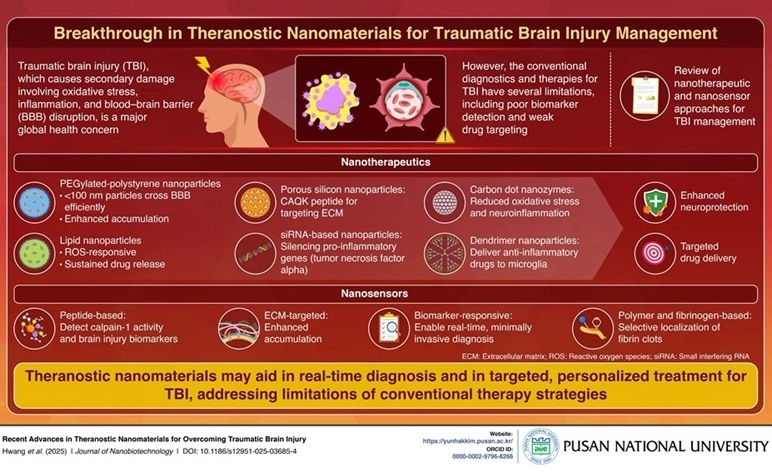
Smart Nanomaterials Detect and Treat Traumatic Brain Injuries Simultaneously
Traumatic brain injury (TBI) continues to leave millions with long-term disabilities every year. After a sudden impact from a fall, collision, or accident, the brain undergoes inflammation, oxidative stress,... Read more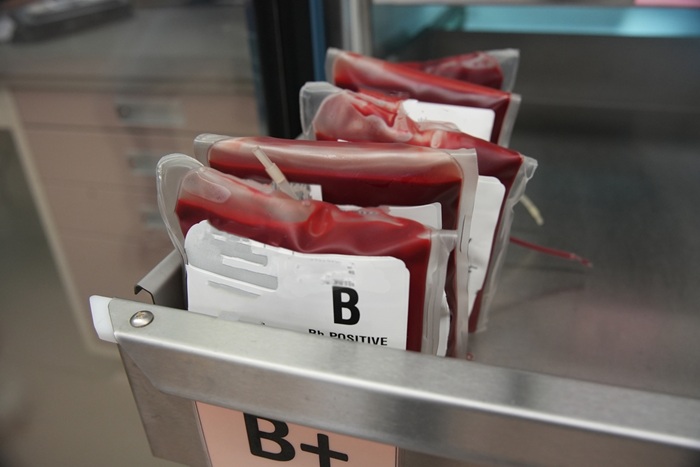
Earlier Blood Transfusion Could Reduce Heart Failure and Arrhythmia in Heart Disease Patients
Blood loss during or after surgery can place significant stress on people with heart disease, increasing the risk of dangerous complications. Transfusions are often delayed until hemoglobin levels fall... Read moreSurgical Techniques
view channel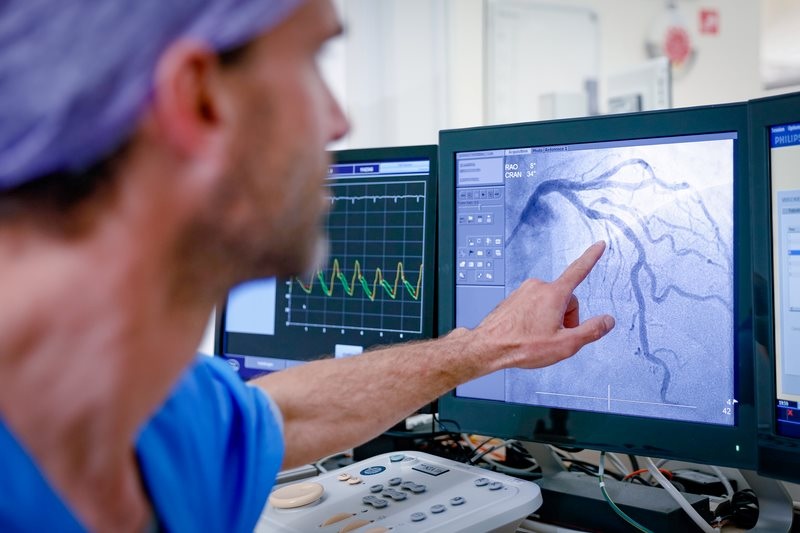
New Study Findings Could Halve Number of Stent Procedures
When a coronary artery becomes acutely blocked during a heart attack, opening it immediately is essential to prevent irreversible damage. However, many patients also have other narrowed vessels that appear... Read more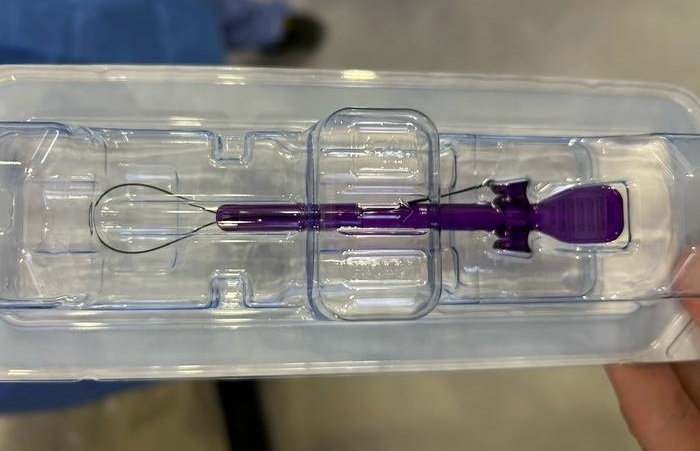
Breakthrough Surgical Device Redefines Hip Arthroscopy
Hip arthroscopy has surged in popularity, yet surgeons still face major mechanical constraints when navigating deep joint spaces through traditional cannulas. Limited tool mobility and the need for an... Read moreHealth IT
view channel
Printable Molecule-Selective Nanoparticles Enable Mass Production of Wearable Biosensors
The future of medicine is likely to focus on the personalization of healthcare—understanding exactly what an individual requires and delivering the appropriate combination of nutrients, metabolites, and... Read moreBusiness
view channel
Philips and Masimo Partner to Advance Patient Monitoring Measurement Technologies
Royal Philips (Amsterdam, Netherlands) and Masimo (Irvine, California, USA) have renewed their multi-year strategic collaboration, combining Philips’ expertise in patient monitoring with Masimo’s noninvasive... Read more
B. Braun Acquires Digital Microsurgery Company True Digital Surgery
The high-end microsurgery market in neurosurgery, spine, and ENT is undergoing a significant transformation. Traditional analog microscopes are giving way to digital exoscopes, which provide improved visualization,... Read more
CMEF 2025 to Promote Holistic and High-Quality Development of Medical and Health Industry
The 92nd China International Medical Equipment Fair (CMEF 2025) Autumn Exhibition is scheduled to be held from September 26 to 29 at the China Import and Export Fair Complex (Canton Fair Complex) in Guangzhou.... Read more












